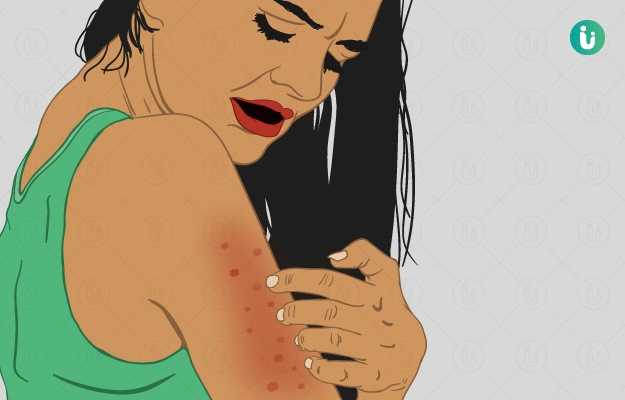Acanthosis nigricans is a skin condition marked by hyperpigmentation - seen as dark patches - and a velvet-like thickening of the skin, especially in the skin fold regions like the neck, groin and under the arms.
The symptoms appear as dark spots, thick velvet-like skin, bad odour, itching and skin tags. The symptoms can also be seen in the mucous membrane of the mouth and nose.
The cause of acanthosis nigricans can be a genetic disposition, obesity, diabetes, hyperinsulinemia, medications, autoimmune disease and rarely cancer.
The treatment of this condition focuses on the treatment of the underlying cause and also lightening the pigmented skin.

 Doctors for Acanthosis Nigricans
Doctors for Acanthosis Nigricans 





































